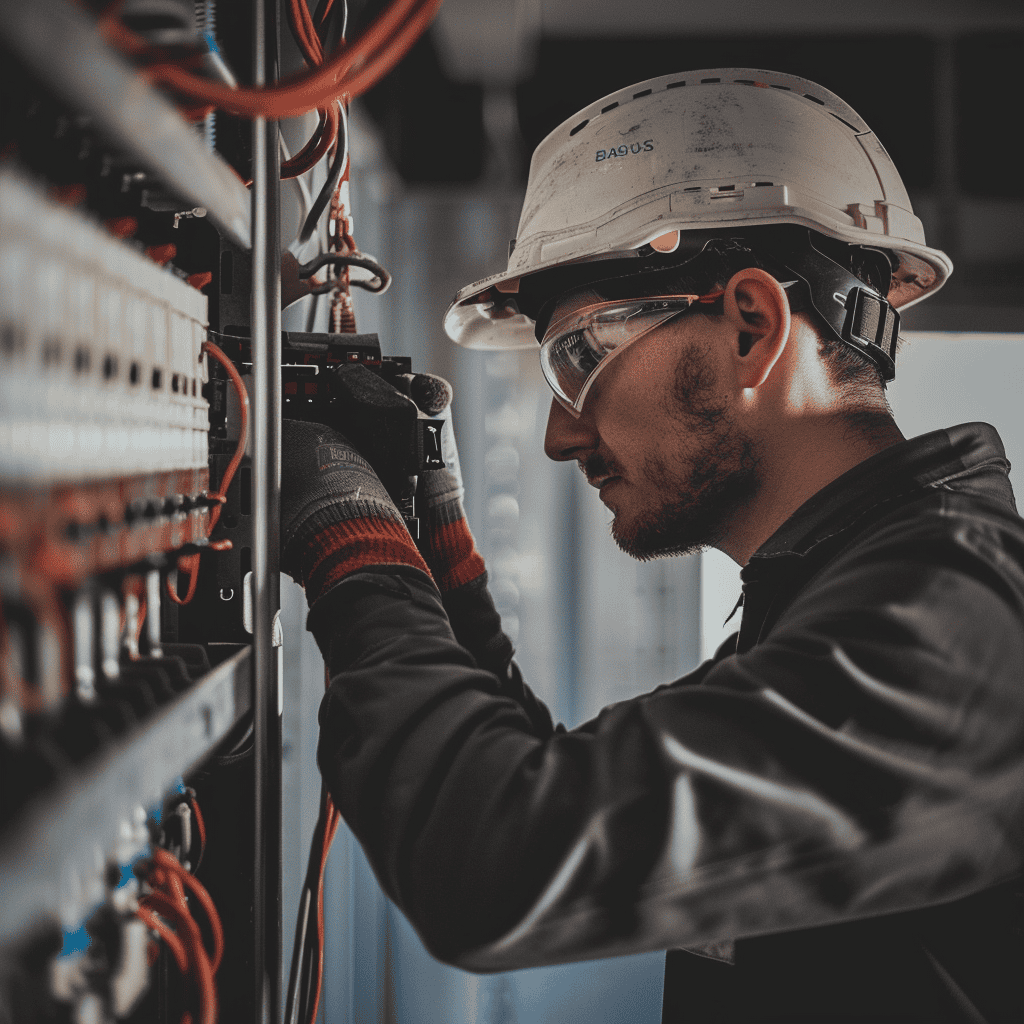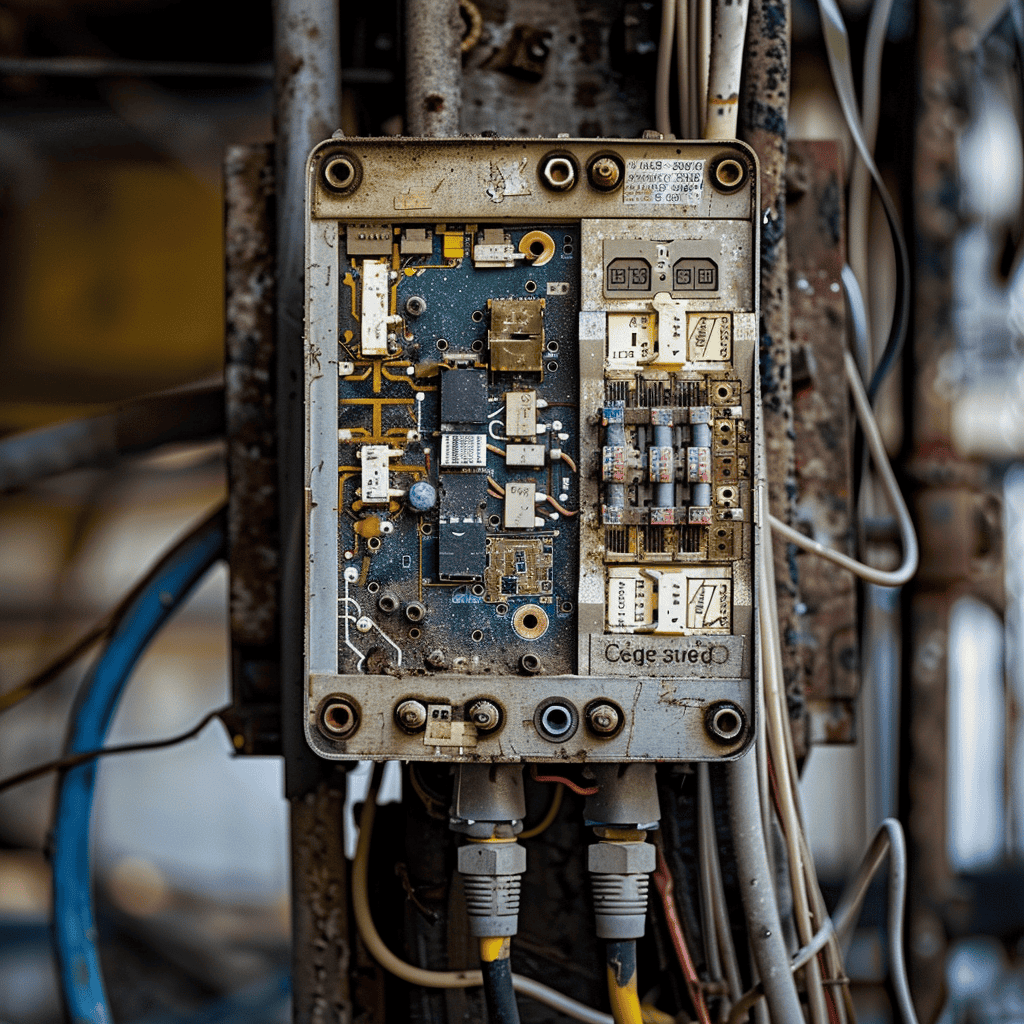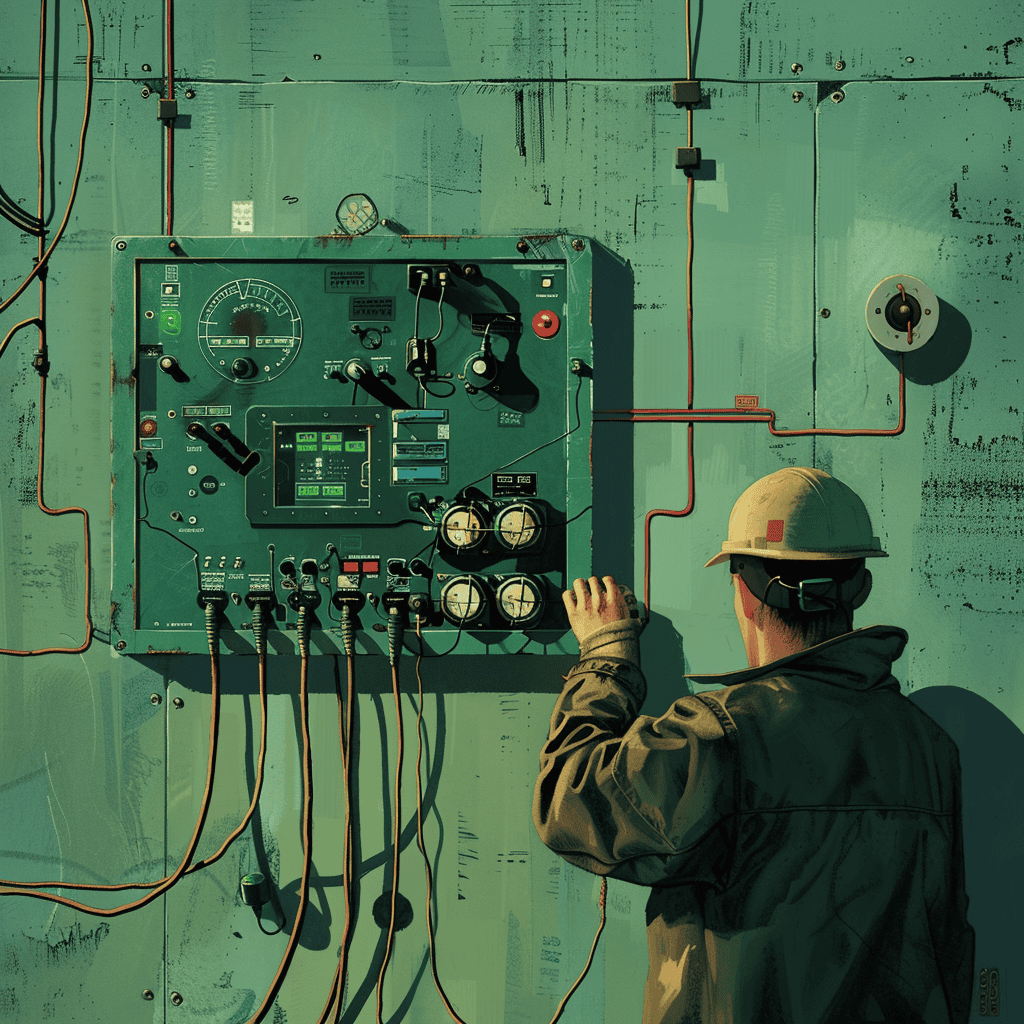Electricity is a fundamental part of modern life, powering everything from household appliances to industrial machinery. While it brings immense convenience, it also poses significant risks if not handled properly. Understanding and adhering to electrical safety principles is crucial to preventing accidents, injuries, and fatalities. Among these principles, one stands out as the cornerstone of electrical safety: always turning off the power source before working on any electrical system. This article explores this Most Important Rule of Electrical Safety and explains why it is so critical, how to implement it effectively, and other key aspects of electrical safety.
Why Turning Off the Power is Essential
Preventing Electrical Shock
Electrical shock occurs when a person comes into contact with an energized part. Shocks can range from mild tingles to severe burns or even fatal electrocution. De-energizing the system before performing any work ensures there is no live current that can cause harm. This principle is universally acknowledged as the primary safety measure in electrical work.
Avoiding Electrical Fires
Electrical fires are often caused by short circuits, overheating, or faulty wiring. When electrical devices are turned off and disconnected from the power source, the risk of sparks or overheating is eliminated. This simple step can prevent potentially catastrophic fires that could damage property and endanger lives
Ensuring Safe Repairs and Maintenance
Working on a live electrical system is not only dangerous but also less effective. Tools and diagnostic equipment can easily short-circuit if they come into contact with live wires. By turning off the power, electricians and technicians can work more efficiently and safely, ensuring thorough inspections and repairs without the risk of accidental shocks.
How to Properly Turn Off the Power
Step-by-Step Guide
- Identify the Power Source: Determine which circuit or device needs to be de-energized. This may involve locating the main power switch, circuit breaker, or specific fuse for the equipment in question.
- Turn Off the Main Power: Use the main switch or circuit breaker to cut off electricity. This step ensures that the entire system is de-energized.
- Unplug the Equipment: Physically unplug devices from their outlets to ensure no residual power remains.
- Verify the Power is Off: Use a voltage tester or multimeter to check that no electrical current is present. This confirmation step is critical for ensuring complete safety.
- Use Lockout/Tagout Procedures: For industrial settings, employ lockout/tagout (LOTO) protocols to prevent accidental re-energization. This involves placing locks and tags on power switches to alert others that maintenance is in progress.

Tools and Equipment
- Voltage Testers: These devices help confirm that no live current is present in the system.
- Lockout/Tagout Kits: These kits contain locks, tags, and other tools necessary for securing power sources during maintenance.
- Insulated Tools: Use tools with non-conductive handles to further reduce the risk of electrical shock.
Other Most Important Rule of Electrical Safety
While turning off the power is the most important rule, several other safety practices are critical in ensuring comprehensive electrical safety.
Treat All Devices as Energized
Always assume that any electrical component is live until proven otherwise. This precaution prevents complacency and ensures constant vigilance.

Use Insulated Tools and Protective Gear
Employ tools with insulated handles and wear personal protective equipment (PPE) such as gloves, goggles, and insulating mats. This gear provides an additional layer of protection against accidental contact with live parts.
Keep Water and Moisture Away
Water is an excellent conductor of electricity. Ensure that electrical devices are kept dry and away from moist environments. If working in potentially damp areas, use waterproof enclosures and equipment designed to withstand moisture.
Avoid Overloading Circuits
Overloading electrical circuits can cause overheating and increase the risk of fires. Ensure that electrical loads do not exceed the capacity of the circuit and use surge protectors where necessary.
Regular Maintenance and Inspections
Conduct regular inspections and maintenance of electrical systems to identify and rectify potential hazards. This proactive approach helps in early detection of issues such as frayed wires, loose connections, and other faults.
Training and Education
Importance of Training
Proper electrical safety training is essential for both professionals and homeowners. Understanding the risks and the correct procedures for handling electrical systems can prevent accidents and save lives.

Training Programs
Many organizations offer training programs in electrical safety. These programs cover topics such as:
- Basic electrical principles
- Safety protocols and procedures
- Use of PPE and insulated tools
- Emergency response and first aid for electrical injuries.
Continuous Education
Electrical safety is an evolving field with new technologies and standards emerging regularly. Continuous education and staying updated with the latest safety guidelines is crucial for maintaining a safe environment.
Questions and Answers for the Most Important Rule of Electrical Safety
What is the most important rule of electrical safety?
The most important rule of electrical safety is to always turn off the power source before working on any electrical system. This critical step ensures the equipment is de-energized, significantly reducing the risk of electrical shock or other accidents.
How do you properly turn off the power to an electrical system?
To properly turn off the power, follow these steps:
- Identify the Power Source: Locate the main switch, circuit breaker, or specific fuse for the equipment.
- Turn Off the Main Power: Use the main switch or circuit breaker to cut off electricity.
- Unplug the Equipment: Physically unplug devices from their outlets.
- Verify the Power is Off: Use a voltage tester or multimeter to check that no electrical current is present.
- Use Lockout/Tagout Procedures: Employ lockout/tagout (LOTO) protocols to prevent accidental re-energization.
Why is it important to use insulated tools when working with electricity?
Insulated tools provide an additional layer of protection against electrical shocks. Their non-conductive handles prevent electricity from passing through and reaching the user, reducing the risk of accidents.
What should you do if you come into contact with a live electrical conductor?
If you come into contact with a live electrical conductor, immediately disconnect the power source if possible. Do not touch the person, equipment, or cord directly. Use a non-conductive tool, like a dry wooden stick, to separate the person from the electrical source and seek emergency medical assistance.
How can you ensure electrical safety in damp environments?
To ensure electrical safety in damp environments:
- Keep electrical devices dry and away from moisture.
- Use waterproof enclosures and equipment designed to withstand moisture.
- Ensure your hands are dry before handling electrical appliances.
- Perform regular maintenance and inspections on equipment used in such conditions to prevent malfunctions.
What are the benefits of using lockout/tagout (LOTO) procedures?
Lockout/tagout (LOTO) procedures prevent accidental re-energization of equipment during maintenance or repair. These procedures involve placing locks and tags on power switches to alert others that maintenance is in progress, ensuring a safe working environment.
Why is regular maintenance and inspection of electrical systems important?
Regular maintenance and inspection help identify and rectify potential hazards such as frayed wires, loose connections, and other faults. Proactive maintenance can prevent accidents, improve system reliability, and extend the lifespan of electrical equipment.
What precautions should be taken when working with electrical equipment?
When working with electrical equipment, take the following precautions:
- Always turn off and disconnect the power source.
- Use insulated tools and wear personal protective equipment (PPE).
- Avoid working in wet conditions.
- Treat all electrical devices as if they are live until proven otherwise.
- Follow proper lockout/tagout procedures in industrial settings.
How does overloading circuits pose a risk?
Overloading circuits can cause overheating, leading to potential fires. Ensure that electrical loads do not exceed the circuit’s capacity, and use surge protectors where necessary. Regularly check for signs of overloaded circuits, such as flickering lights or tripped breakers.
What should you do in case of an electrical fire?
In case of an electrical fire, do not use water to extinguish it. Instead, use a Class C fire extinguisher designed for electrical fires. If safe to do so, turn off the power source. Evacuate the area and call emergency services immediately.
Conclusion
The most important rule of electrical safety is to always turn off the power source before working on any electrical system. This fundamental principle prevents electrical shocks, reduces the risk of fires, and ensures safe and effective repairs and maintenance. Alongside this rule, other safety practices such as using insulated tools, maintaining dry environments, and following proper lockout/tagout procedures are essential. Regular training and education further enhance safety awareness and preparedness.

